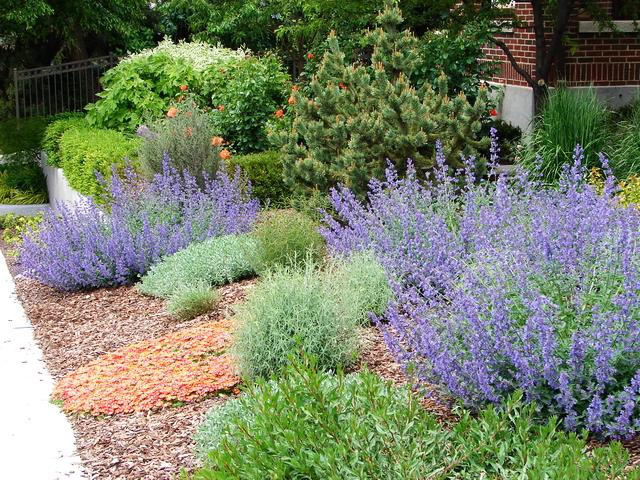With climate change affecting weather around the world, many homeowners are replacing turf with low-maintenance landscape ideas.

Climate change is no longer a disaster on the horizon as countries around the globe feel the effects of Mother Nature righting the wrongs on decades of abuse. Even South Africa is feeling the wrath of nature as we sweat through ever-increasing temperatures, drought and flooding around the country.
Designing a garden with permeable landscaping not only makes sense for drought conditions, it's also a way to protect your house and garden from damaging storms and the possibility of flooding.
What is permeable landscaping?
Nowadays, you hear the term permeable landscaping quite often when looking at garden design. As the name denotes, permeable means that it allows water to easily penetrate the soil and reduces the risk of flooding.
A permeable landscape is planted up with trees and plants as you would normally in any garden, but with the addition of materials that allow water to flow through and around their surfaces easily.
Permeable landscaping
It is possible to incorporate permeable landscaping elements into any garden using a variety of manmade and natural materials.

Gravel and crushed stone
One of the most readily available and inexpensive options for permeable landscaping is the use of gravel or crushed stone to replace previously grassed areas.

Gravel or stone can be loosely laid on top of levelled areas and this will allow rainwater to easily be absorbed into the ground below. Gravel and stone are ideal for small areas or for walkways and driveways.
Dry-laid paving blocks
By not using a concrete base to bed large paving blocks, you allow rainwater to pass through the gaps between the pavers. Dry-laid pavers are simply set on a layer of sand or gravel and you can add even more of a design element and soften the look of these hardscape materials with the addition of Mondo and other grasses between the pavers.

Reclaimed bricks
Using reclaimed bricks as a paving material is not only an excellent way to recycle materials, but the porous nature of bricks allows water to flow through and around the bricks to prevent pooling and possible flooding.
Permeable landscaping is a worthwhile alternative to previously grassed areas in a garden, and you can still incorporate a variety of grasses or ground creepers to add greenery and soften hard edges.
